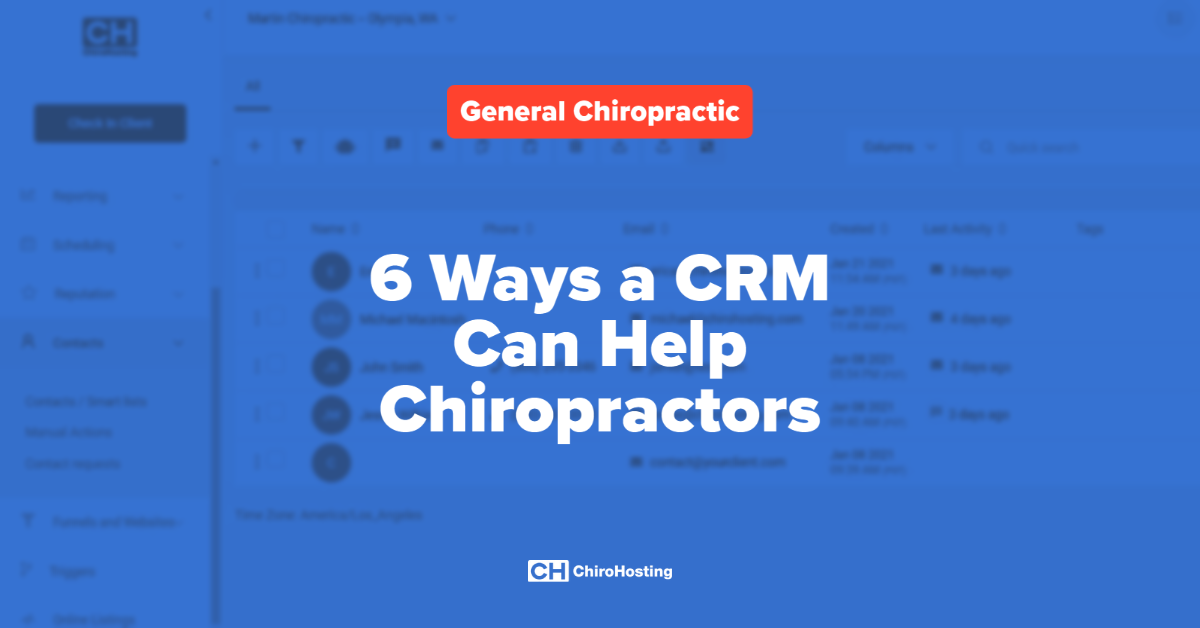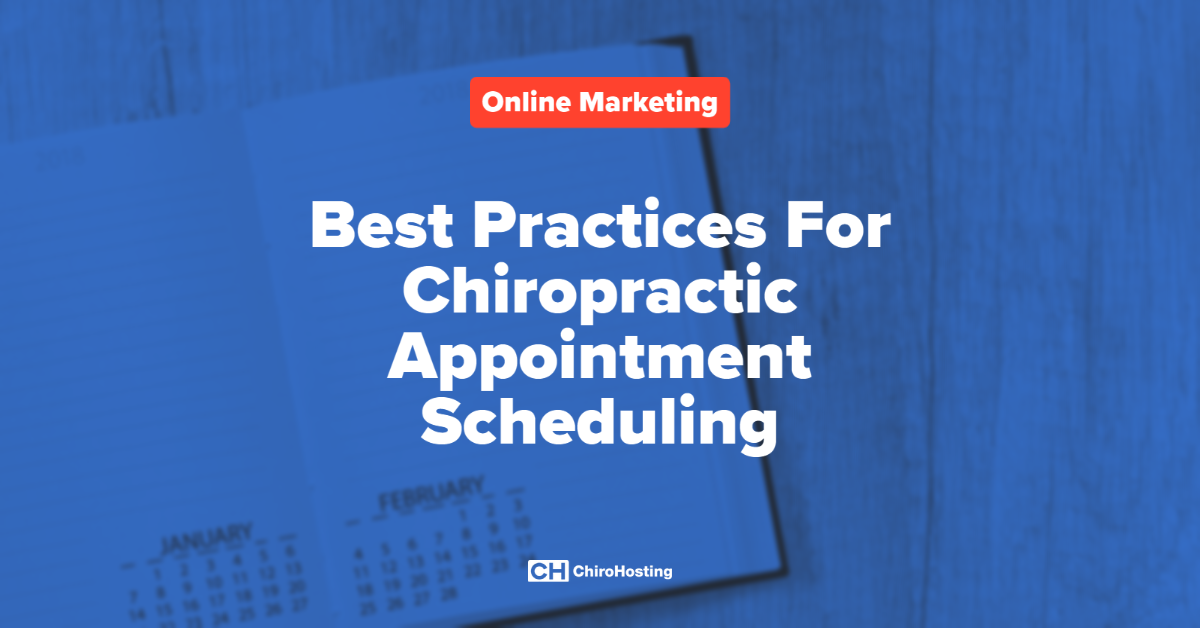
As a chiropractor, having video content for your practice is a good idea.
Video is everywhere these days. Whether it’s YouTube or TikTok, people are used to watching videos across the web.
In this blog, we’re going to explore a few considerations for sourcing video content for your website and social media accounts. We're going to ask you to think about three different questions to help you frame your video content plan.
How much do you have to spend on video?
This is the first question we ask you because we want you to set realistic expectations of what sort of video content and how much you can afford. Even if you have zero budget for video, you can still make videos for free. So take a look at your finances and decide whether or not you have some money you can set aside for video content. This will dictate what type of video you get and who will make your videos.
What types of video would you like to have?
First, it’s a good idea to think about what types of videos you’d like to make. Here are some video types and descriptions.
- Testimonials - These are videos that interview patients asking them about their experience at your practice. In order to make these videos, you’ll have to identify a handful of happy patients. You could either ask them to take a short video and send it to you, take a short video of them yourself, or hire a professional to take these videos. If you hire a professional videographer, you’ll want to roll all the testimonials into one session as well as adding in other video types, so you get the most out of your money.
- Short, explainer videos - These could be as short as 10 seconds long or up to 10 minutes, but the idea is that these videos would be in a shorter form so they could be quick to watch. These videos should explain an idea about chiropractic in a short, easy-to-understand, and interesting way. You can use your smartphone, a camera or a tool like Soapbox to help you create these videos.
- Ads - These are videos that you would consider using for advertising. With that in mind, you’ll have to think about what you want to showcase in a 15-60 second format since this is usually how long video ads run. Biteable offers low-cost ways to make video ads.
- Case study - A case study is like a more in-depth testimonial. You can go into detail on a patient’s story. If you have a patient that had a problem and really benefited from chiropractic, then they would be a good candidate for a case study.
- Practice overview - A good video to have is a practice overview that briefly showcases your practice, staff, services, and location. You can use this video on your website, social media, and elsewhere.
- B-Roll - Is extra footage that you can use to weave into future video cuts. If you were going to have b-roll it could be footage of your office location, shots of your practice’s interior, clips of you working, and more. But think of this footage as stuff that you could edit into different videos down the road.
- Webinar or virtual event - A webinar or virtual event is typically a longer-form video usually lasting for longer than 30 minutes. These videos go into detail about a topic or group of topics. Often times these events are first done live with live attendees, but sometimes a webinar can be prerecorded. There are many great video meeting software like Google Hangouts or Zoom that have free options.
These are just a few main types of video, but there are many more. We recommend picking a few from the list that you would really like to have and then prioritizing those. Once you have your top choices narrowed down, then you can start outlining what you'd like to go in those videos. For example, if you choose to do a webinar, then you can pick the topic or if you chose to get patient testimonials then you can make a list of patients that you'd like to reach out to.
Who is going to make your video?
There are a few options for who can make your videos from doing it yourself to asking patients to submit videos to hiring a professional. We’re going to look at the pros and cons of each option.
- Do it yourself - This is the cheapest option on the surface, but also the most time-consuming. Chances are your video skills won’t be as fine-tuned as a professional, but with modern technology, you can still make solid videos on your own. It will just take you some time to do so. Here are a few tools that you could use if you choose to go this route:
- Ask for submissions - This is the cheapest and least time-consuming option. However, it’s mostly limited to testimonial type videos. If you ask for submissions, you are likely to get those submissions from patients. So quality will vary and your creative control will be limited unless you give them a script.
- Hire a professional - This is the most expensive option, but also the option that will likely produce the highest quality product. If you’re going to hire a professional, you should make sure you really get the most out of their time. Have a list of video content you would like to have in advance, schedule patients to provide testimonials (if you’re doing them), and plan ahead. They will likely charge by the time to shoot and then time to edit.
- Get a film student - One last option is to try to get a local film student to shoot and edit your video. Do you have any community colleges or universities in the area with film classes? If so, you might be able to reach out to them and get a student to do it for free or for a low rate to help them build their portfolio.
You don't have to select only one option for producing your videos. You can use a combination. Think about the videos you want to have for your practice from the list above and decide who is the best suited to create them.
Want to get started with video but don't have much time or a huge budget?
Check out our ChiroNexus Video Service. For $19.99/mo you get access to a library of chiropractic videos that you can host on your website.
I hope this blog is helpful in helping you frame your search for video content.
















